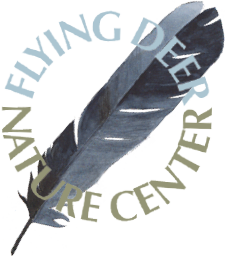Who was here on this land before us?
The Muhheconneok (Muh-he-con-ne-ok), The People of the Waters That Are Never Still, now known as the Stockbridge Munsee Band of Mohicans. The Mohican/Munsee lands extended across six states, encompassing southwest Vermont; the entire Hudson River Valley of New York, from Lake Champlain to Manhattan; into Western Massachusetts; and up to the Connecticut River Valley, Northwest Connecticut, and portions of Pennsylvania and New Jersey.
How did they live?
In wik-wams and bark-covered longhouses, sometimes housing several families. Women were in charge of the home, children, and gardens; men traveled to hunt, fish, or serve as warriors.
What happened to them? Where are they now?
As more and more Europeans settled here, the Mohicans lost their ownership of the land and found themselves increasingly dependent on the settlers for goods that they had traditionally sourced from nature. Eventually the Mohicans were pushed east to the Housatonic River in what is now Massachusetts. The tribe was also catastrophically affected by diseases that the Europeans brought, which decreased their numbers greatly.
In the mid-1780s, the Stockbridge Mohican people moved to New Stockbridge near Oneida Lake, where they had been offered a tract of land. However land companies focused on profit proposed that New York State remove all Indians from within its borders, and the tribe was forced to move again, this time to the White River area in what is now Indiana.
Meanwhile, missionaries, agents from the state of New York, and commissioners from the War Department were negotiating with the Menominee and Ho- Chunk (Winnebago) for a large tract of land on which to relocate the Indigenous people from New York in what is now Wisconsin. A treaty was negotiated in 1822 and the Stockbridge Mohicans moved yet again, this time to the reservation in Wisconsin, where they still reside today.
